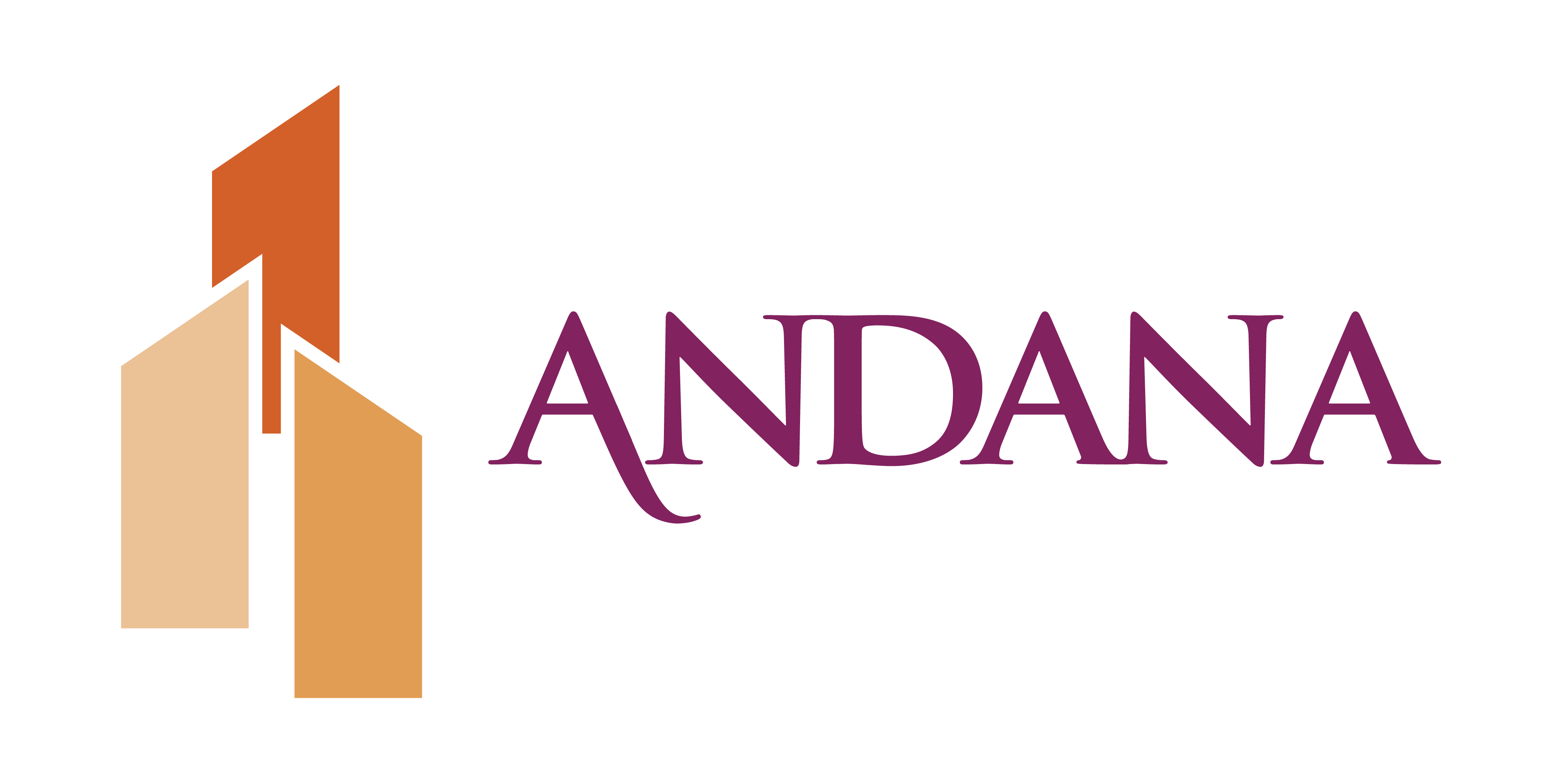Creative ideas for the proposal color team review process
In our April GOVOLOGY (Waypoint America) training, we spent about 90 minutes discussing Color Team Review processes and how to apply them to any size proposal, and any size business. Our session focused on the basics to set up your color team reviewers for success and work with them to get meaningful feedback. But then we started thinking about adding some new approaches to the process to get even more engagement from the team…Let us know if you give any of these a try and which worked for your team!
Collaborative Online Whiteboarding: Utilize online whiteboarding tools that allow reviewers to collaborate in real-time on a virtual canvas. Reviewers can visually annotate the proposal, add comments, highlight important sections, and suggest changes using the whiteboard. This can foster creativity and encourage dynamic discussions among team members.
Gamified Proposal Review: Turn the color team review process into a gamified experience. Create a leaderboard, assign points or badges for meaningful contributions, and set up challenges or tasks for reviewers to complete. This can add an element of competition, engagement, and excitement to the review process, while also motivating reviewers to provide their best input.
Artistic Interpretation: Encourage team members to express their opinions and feedback in creative ways, such as through illustrations, sketches, or graphical representations. This can add a unique visual perspective to the proposal review process and encourage reviewers to think outside the box in terms of visual storytelling and design.
Role-playing Exercise: Assign different roles to team members during the proposal review process, such as the “client,” “competitor,” or “end-user.” Each reviewer can provide feedback from the perspective of their assigned role, which can help uncover different viewpoints and insights. This can be a fun and interactive way to stimulate creative thinking and generate diverse feedback.
Interactive Mock-ups: Create interactive mock-ups or prototypes of key sections of the proposal, such as the user interface of a software application or the layout of a website. Reviewers can interact with these mock-ups and provide feedback on the usability, functionality, and visual appeal of the proposal. This can provide a more tangible and experiential review process.
Storytelling Review: Ask reviewers to provide feedback on the proposal in the form of a story. They can create a narrative that describes their experience as they go through the proposal, highlighting what works well and what could be improved. This approach can encourage reviewers to think critically and creatively about the proposal’s storytelling and impact on the audience.
Visual Collaboration: Utilize collaborative visual tools, such as virtual whiteboards or visual brainstorming platforms, to
encourage reviewers to visually express their ideas, suggestions, and feedback. This can facilitate a more dynamic and interactive review process, with reviewers building on each other’s visual input to generate innovative ideas.
Immersive Environment: Create a physical environment that stimulates creativity during the color team review process. Use colorful decorations, inspiring artwork, comfortable seating, and other elements to create a stimulating and visually appealing space that encourages free-thinking and creativity among reviewers.
Speed Review: Conduct a “speed review” session where reviewers have a limited amount of time, such as 5 minutes, to review the proposal and provide quick feedback. This time-constrained approach can encourage reviewers to think quickly and spontaneously, generating fresh and creative ideas on the spot.
Remember, the goal of the proposal color team review process is to generate valuable feedback and insights to improve the proposal.
These creative ideas can help facilitate a dynamic and engaging review process that stimulates innovation, critical thinking, and collaboration among team members. Adapt and customize these ideas to suit the unique needs and preferences of your team and proposal review process.
